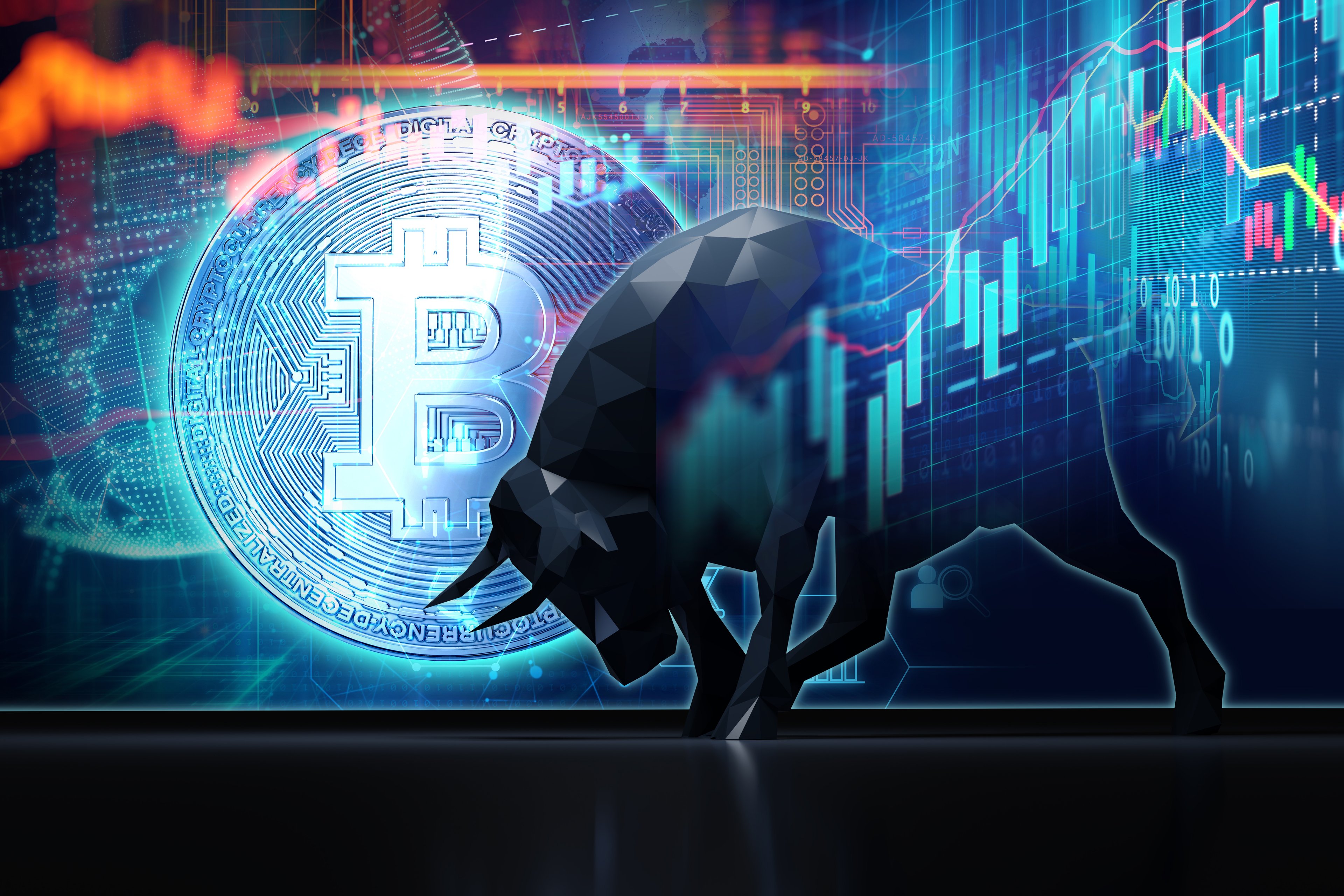If you had put $10,000 into XRP (XRP +0.21%) five years ago and simply held it until now, you would be sitting on a life-changing gain today. The obvious next question is whether anything like that can happen again as Ripple, XRP's issuer, keeps onboarding new banks and currency exchange houses, rolling out new products, and inching deeper into traditional finance.
Let's do the math to see exactly how much the investment would be worth now, and then make some reasonable assumptions about its future.

Image source: Getty Images.
This was a smart play
On Oct. 24, 2020, XRP's price closed near $0.26. Today, five years later, it trades around $2.45, even after it just got hit by the crypto flash crash on Oct. 10. That move turned an initial purchase worth $10,000 into roughly $107,640, a bit under a 9.7X return.
The arithmetic is straightforward here, but holding through the coin's volatility was certainly not. Investors endured multiple gut-checks along the way up, including a brutal lawsuit shock in late 2020 and a couple of deep drawdowns that would have shaken out practically anyone without a long time horizon.
But if you're thinking of an investment in XRP today, the backward math matters only as context. No matter how tempting it is, there's simply no point in drooling over the result of a backward-looking calculation when what you are really concerned about is whether the coin could exhibit similar performance in the future.

CRYPTO: XRP
Key Data Points
Can anything like that happen again?
The investment thesis for XRP rides on whether the coin and its blockchain, the XRPL, can deliver enough utility to financial institutions that they are driven to adopt the platform as a piece of their operational technologies. If the chain's offerings are well-suited to their needs, they'll have an incentive to park their capital there, and it'll bolster the price of the coin.
On that front, the XRPL is useful for a few reasons, starting with its quick transactions and minimal fees. Beyond that, it has built-in regulatory compliance features, so that asset issuers can meet real-world requirements like freezing or restricting assets when laws or contracts require it. If these features seem boring or not worth paying attention to, consider that none of the XRPL's competitors in the crypto sector have anywhere near the same degree of compliance tooling for institutions, which makes them a less comfortable place for those institutions to park and manage their capital.
Ripple is also building more of the financial technology stack to run on the XRPL to ensure that the chain is an even easier place to do business. Its stablecoin, RLUSD (RLUSD 0.03%), launched in December 2024. It offers investors a fiat currency-equivalent token to use on-chain. If it continues to scale up and into the mainstream of stablecoins, which it probably will, RLUSD could then be one of the default assets for on-chain settlement. That'd bring more balances onto the XRPL.
The network's capital markets plumbing is inching closer too. The Ripple-backed digital asset treasury (DAT) company Evernorth just filed to be listed on stock markets in the U.S., pitching itself as a large publicly traded XRP treasury platform. If it succeeds, that would formalize another big buyer that accumulates and stewards XRP at scale, potentially tightening float over time.
Finally, Ripple is seeking a national bank charter in the U.S. If granted, that would place its stablecoin and payments business under a federal umbrella, simplifying how traditional institutions integrate with XRPL and possibly lowering onboarding friction for banks and fintechs.
There are a few risks that might rain on the coin's parade. XRP faces fierce competition, execution risk for RLUSD and its banking ambitions, and some residual policy risk in major markets.
But assuming that Ripple continues to stitch together bank-grade compliance, amass more liquid on-chain dollars, and grow its set of capital markets partners, there is a credible path for meaningful appreciation from here. Expecting another 9X in the next five years is probably too aggressive, though it's certainly a possible outcome if everything goes as Ripple plans, and if the macroeconomic environment continues to support high crypto valuations. The base case is that XRP's utility can grind its price higher by 2X to 4X over the next five years, with the very real caveat that crypto drawdowns of 50% remain possible along the way.
So, for patient investors who can tolerate volatility and want exposure to the institutional side of crypto, starting a measured position with dollar-cost averaging (DCAing) and maintaining a multi-year timeframe is a sensible approach.






